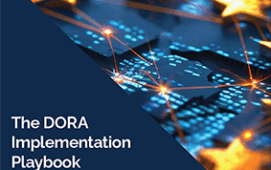Quantifi, a provider of analytics, trading and risk management solutions for the global capital markets, has published a whitepaper entitled ‘Challenges in Implementing a Counterparty Risk Management Process’. The paper explores the key challenges for banks in the implementation of counterparty risk management, focusing on data and technology issues, in the context of current trends and best practices.
In lieu of new regulation requirements, many banks face the challenge of consolidating their central counterparty risk groups or CVA desks across asset classes and business lines. The white paper reviews the primary challenges, which include:
• Gathering transaction and market data from many different trading systems, along with legal agreements and other reference data, causing significant and often underestimated data management issues.
• Difficulty calculating CVA and exposure metrics on an entire portfolio and incorporating all relevant risk factors.
• Expectations from traders and salespeople for near real-time performance of marginal CVA pricing of new transactions.
• Integrating internal counterparty risk management with regulatory processes.
In short, the data, technological, and operational challenges involved in implementing a counterparty risk management process can be overwhelming.
“The OTC markets are going through significant changes due to new regulations and the impending Basel III capital accord,” said David Kelly, director of credit products at Quantifi. “Many of these changes are being driven by counterparty risk concerns, either mandating or creating incentives for central clearing and imposing significantly higher capital charges for bilateral trading. In this new environment, banks are transitioning their business models and shifting decision making authority from the front office to central risk management groups, including CVA desks.”
Subscribe to our newsletter




